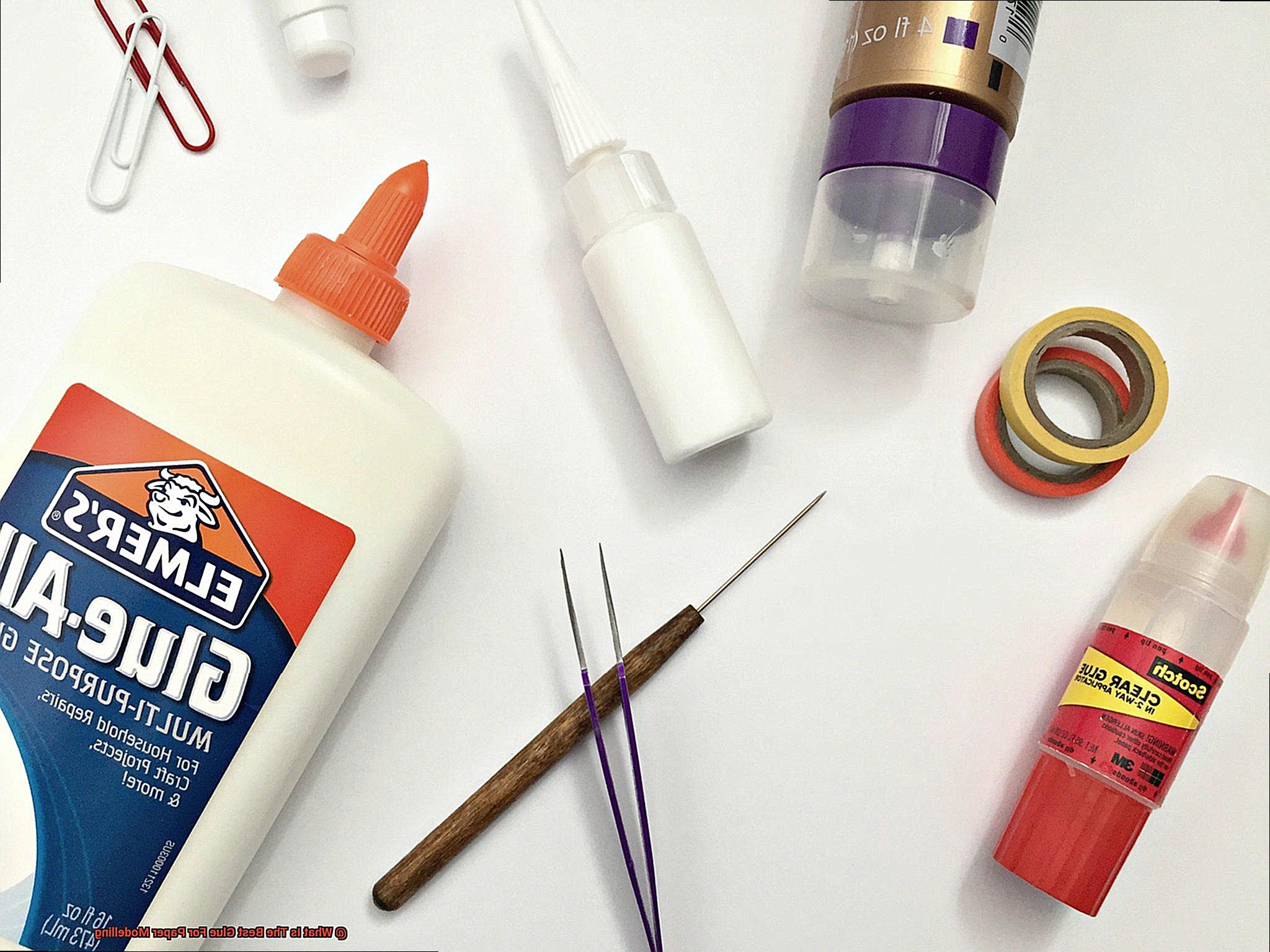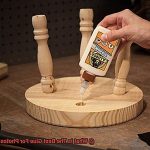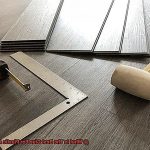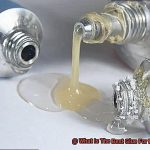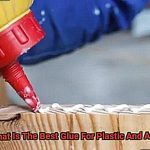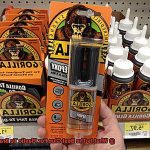Remember the joy of cutting and folding paper as a child?
Creating models that defied physics? Well, that desire to tap into your creative side never really goes away.
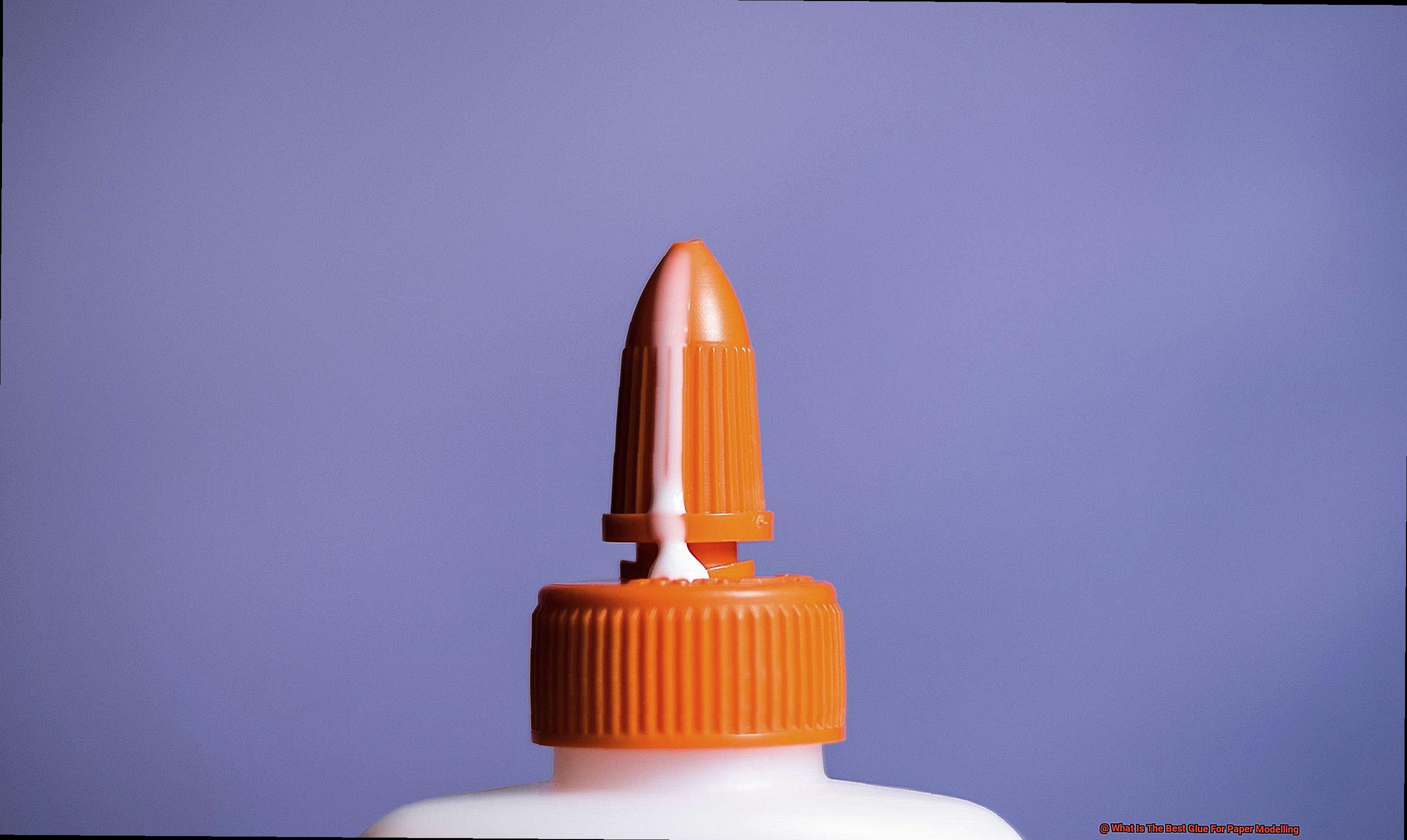
Whether you’re a seasoned pro or just starting out, finding the perfect glue is crucial for making your paper creations last. Lucky for you, I’ve spent countless hours crafting with paper and I’m here to share my knowledge.
So grab your scissors, join me on this sticky journey, and let’s get gluing.
What is Paper Modelling?
Contents
Immerse yourself in the captivating world of paper modelling, where ordinary sheets of paper transform into extraordinary three-dimensional creations. This creative hobby hinges on the perfect marriage of paper and glue. Whether you’re a novice or a seasoned modeller, choosing the right adhesive is paramount to achieving unparalleled success. In this comprehensive guide, we will delve into the realm of paper modelling and explore the myriad glues at your disposal, equipping you with the knowledge to make informed decisions for your next masterpiece.

Types of Glue for Paper Modelling:
PVA (Polyvinyl Acetate) Glue:
Indubitably a champion of versatility, PVA glue, often referred to as white craft glue, reigns supreme in the realm of paper modelling. With its robust bonding capabilities, transparent drying properties, and ease of use, this adhesive proves ideal for both lightweight and heavyweight papers.
Super Glue (Cyanoacrylate Adhesive):
For intricate and delicate paper models demanding swiftness, super glue emerges as an unparalleled savior. This adhesive concoction forms an instantaneous bond upon encountering moisture. Nevertheless, caution must be exercised due to its rapid-drying nature.
Craft Glue Sticks:
Enter the realm of mess-free convenience with craft glue sticks. These solid adhesives melt upon application, offering effortless usage. Perfectly suited for lightweight papers, they find common ground in school projects and simpler paper models.
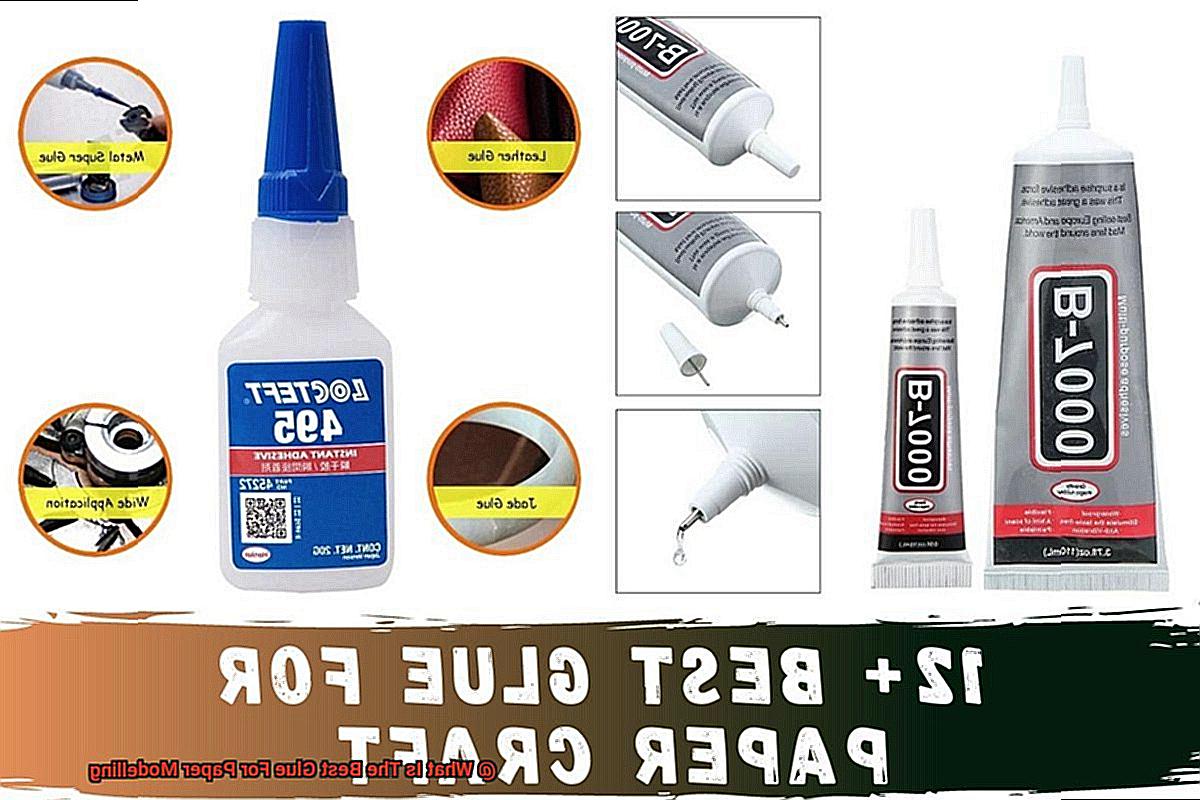
Double-Sided Tape:
When precision and ease intertwine, double-sided tape takes center stage. Boasting a formidable adhesive force and simplicity of application, it thrives when handling thin or delicate papers, allowing for meticulous attachment of minuscule pieces or intricate details.
Choosing the Right Glue:
Paper Type:
Tailor your adhesive selection to the characteristics of your chosen paper. While standard printer paper harmonizes with most glues, intricate models beckon the sturdiness of cardstock or heavier weight options to fortify their structure.
Complexity of the Model:
As intricacy unfolds, so too does the need for precision and expeditious bonding. Super glue or craft glue sticks stand as steadfast allies for elaborate and detailed models. Simpler ventures leave more room for experimentation in glue selection.
Personal Preferences:
Unleash your inner artist and embark on an odyssey of self-discovery. Allow your preferences to guide you on a journey of exploration, trying out various glues and techniques to unearth the perfect union between adhesive and artistry.
Types of Glue for Paper Modelling
Paper, although delicate, can be transformed into stunning masterpieces with the right tools and techniques. One indispensable tool every paper modeller needs is glue. In this article, we will delve into the various types of glue used for paper modelling, exploring their unique strengths, weaknesses, and how to select the perfect adhesive for your next project.
White Craft Glue – The Versatile Workhorse:
White craft glue, also known as PVA glue, stands as a stalwart choice for paper modellers due to its versatility and affordability. This water-based adhesive dries clear, creating an invisible bond. Ideal for beginners, it is easy to work with and widely available. Yet, caution is required not to apply excess glue, as it could cause paper warping.
Glue Sticks – No Mess, No Stress:
Glue sticks offer a convenient and effortless solution. These solid adhesives are applied by gliding them directly onto the paper. Initially providing a temporary bond that allows repositioning if needed, they eventually dry to form a permanent hold. However, not all glue sticks are created equal; thus, it is crucial to select one with robust adhesion suitable for your specific project.
Super Glue – The Precision Master:
For intricate and detailed paper modelling projects, super glue (cyanoacrylate adhesive) reigns supreme. It bonds rapidly and provides an unwavering hold for delicate pieces or small parts that require absolute precision. Caution must be exercised when using it due to its fast-drying nature and potential skin bonding.
Specialized Paper Modelling Glues – For That Professional Touch:
Craft glues specifically designed for paper modelling strike a delicate balance between strength and flexibility. These adhesives allow for adjustments during the construction process and are often acid-free, ensuring that your masterpiece will not yellow over time. They are perfect for archival-quality projects that need to stand the test of time.
Double-Sided Tape and Adhesive Sheets – A Clean and Neat Finish:
For certain projects, double-sided tape or adhesive sheets provide a quick and seamless solution. These options offer an instant bond without any drying time. They work exceptionally well with lightweight or delicate paper, but their versatility may not match that of liquid glues when it comes to bonding different paper materials.
White Craft Glue (PVA)
White Craft Glue, also known as Polyvinyl Acetate (PVA) glue, is a remarkable adhesive that is highly regarded in the world of paper modelling. It is the perfect companion for any paper crafting enthusiast, providing numerous benefits that elevate your projects to new heights.
First and foremost, let’s delve into the adhesive properties that make PVA glue truly exceptional. This adhesive superhero possesses the remarkable ability to bond various paper materials together with strength and durability. Whether you’re working with delicate tissue paper or sturdy cardstock, PVA glue ensures that your creations will withstand the test of time. Say goodbye to worrying about your masterpieces falling apart.
The versatility of PVA glue is another reason why it stands out from the crowd. It’s not limited to just paper modelling – oh no. This adhesive gem can be used on a wide range of surfaces, including cardboard, fabric, wood, and even certain plastics. If you’re itching to get creative and experiment with different materials in your projects, PVA glue has got your back.
Now, let’s discuss drying time – a crucial factor for any crafter who despises waiting for glue to dry. Fear not. PVA glue boasts a relatively fast drying time compared to other adhesives. And the cherry on top? It dries clear. This becomes especially significant when working with delicate or transparent papers, as you wouldn’t want any unsightly residue hindering the beauty of your masterpiece.
But what if you make a mistake or need to reposition a piece? That’s where the water solubility of PVA glue comes in handy. With just a little water, you can effortlessly dissolve the glue and start anew. No more tears or frustration – just pure flexibility and freedom to create.
Concerned about safety? Rest assured. PVA glue is generally considered non-toxic and safe for crafters of all ages. However, it’s always prudent to verify the label or product information to ensure that it adheres to safety standards. Additionally, working in a well-ventilated area is crucial to avoid inhaling any fumes.
When it comes to applying PVA glue, you have endless possibilities. You can brush it on with a small paintbrush for larger areas, spread it evenly with a spatula or palette knife, or even employ a precision applicator for intricate details. The choice is yours. Experiment and discover the application technique that best suits your preferences.
Glue Sticks
Look no further than the humble glue stick. In this article, we will explore the advantages and limitations of using glue sticks in paper modelling, empowering you to make an informed decision when selecting your adhesive.
Advantages of Glue Sticks:
- Convenient Application: Say goodbye to messy applications. Glue sticks offer easy application with a simple twist and spread motion. Effortlessly apply the glue onto your desired area, ensuring precision and efficiency in your paper modelling projects.
- Safety First: Craft with peace of mind. Glue sticks boast a non-toxic nature, making them suitable for crafters of all ages. Engage in creative fun, knowing that your little ones can join in without any health concerns.
- A Breath of Fresh Air: No more overpowering smells. Unlike some adhesives that emit strong fumes, glue sticks have a low odor. Enjoy a pleasant crafting experience without suffering from headaches caused by pungent scents.
- Smooth as Silk: Experience seamless application. The creamy consistency of glue sticks allows for even and controlled bonding on paper surfaces. Bid farewell to uneven applications and embrace smooth adhesion in your projects.
- Quick-Drying Magic: Patience is overrated. Glue sticks dry relatively quickly, eliminating the need for clamping or holding paper pieces together. Enjoy less waiting time and dive into more efficient crafting sessions.
- Unyielding Strength: Fortify your creations. Once dried, glue sticks provide a strong bond that resists common pressures and movements associated with paper modelling. Your masterpieces will remain intact for extended periods, showcasing their beauty with confidence.
Limitations of Glue Sticks:
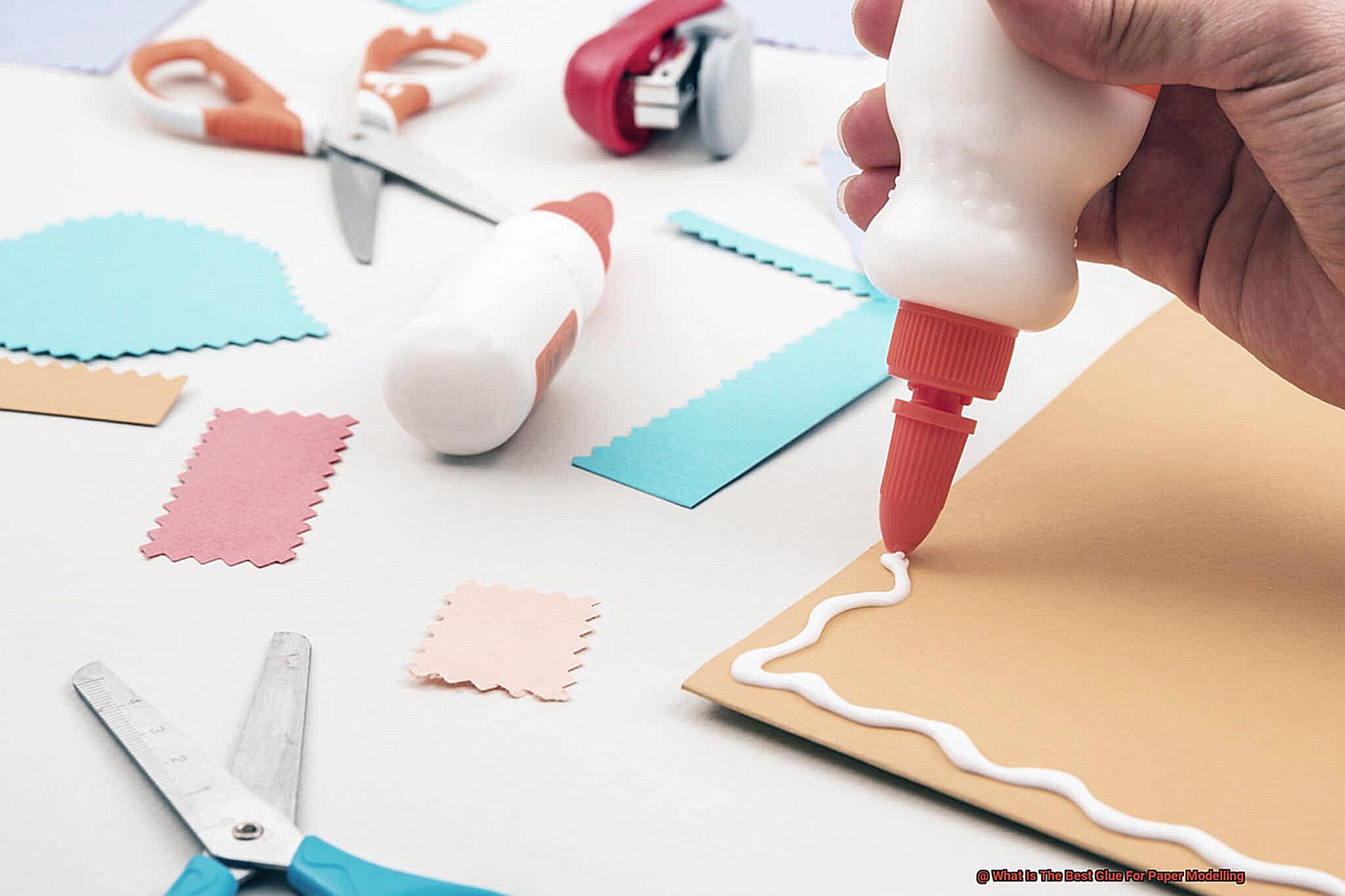
- Weight Matters: Consider paper weight. While glue sticks excel with lightweight papers like cardstock or construction paper, they may not deliver a robust bond for heavier or textured papers. Before committing to your project, test the glue stick on a small area to ensure compatibility.
- Time and Moisture Challenges: Plan for the long term. Glue sticks may not be the ideal choice for projects requiring prolonged durability or resistance to moisture. If you seek longevity or fortification against environmental factors, explore alternative adhesives.
Cyanoacrylate (Super Glue)
In this blog post, we will embark on a journey to uncover the remarkable advantages and potential drawbacks of utilizing this adhesive for your paper crafting endeavors. So, prepare yourself for an extraordinary exploration of this speedy-drying, robust-bonding superhero.
Pros:
Lightning-Fast Curing Time:
Cyanoacrylate glue is celebrated for its extraordinary ability to instantaneously bond paper surfaces. Bid farewell to tiresome clamping or enduring endless waits for pieces to adhere. With Super Glue, you can swiftly assemble intricate paper models without compromising an iota of precision.
Herculean Strength:
Once the cyanoacrylate glue is fully cured, it establishes an unyielding connection between your paper pieces. No more fretting about delicate creations falling apart with regular handling or movement. Super Glue ensures that your painstaking efforts remain intact for years to come.
Aesthetically Pleasing Finish:
One of the most significant advantages of employing Super Glue is its transparent and seamless finish. As it dries, the glue metamorphoses into a virtually invisible coat, leaving no trace of residue or blemishes on your meticulously crafted paper model.
Cons:
Limited Adjustability:
Super Glue’s lightning-fast curing time leaves little room for error or adjustment once the pieces are joined together. It is paramount to meticulously plan and position your paper components before applying the glue to ensure impeccable alignment.
Warping and Discoloration Risks:
Excessive application of cyanoacrylate glue can occasionally lead to paper warping or discoloration. To circumvent these potential predicaments, apply the adhesive sparingly and evenly across the surfaces of your paper model.
Conclusion:
In the realm of paper crafting, cyanoacrylate glue (Super Glue) reigns supreme as a quick-drying, firm-bonding adhesive with an ethereal finish. While its rapid-curing nature and formidable grip make it an ideal choice for most projects, exercising caution and precision is crucial to achieve optimal results. Hence, fellow devotees of paper crafting, unleash the marvels of Super Glue and let your creativity soar to unprecedented heights.
Specialized Glues for Paper Modelling
When it comes to paper modelling, choosing the right glue is essential for creating strong bonds and ensuring the longevity of your projects. There are several types of specialized glues available that offer unique properties to cater to the specific needs of this craft. Let’s explore some of them:
- PVA Glue: PVA glue, also known as white glue or craft glue, is a popular choice for paper modelling. It is water-based, non-toxic, and dries clear, making it suitable for most projects. Look for a high-quality PVA glue that is acid-free to prevent yellowing or damaging the paper over time.
- Cyanoacrylate Glue: Cyanoacrylate glue, commonly known as super glue or CA glue, forms an instant bond and works well for small, intricate pieces. However, it can be too strong for delicate papers and may cause warping or tearing. Use cyanoacrylate glue sparingly and with caution.
- Double-sided Tape and Adhesive Sheets: Some paper modellers prefer using double-sided tape or adhesive sheets for their projects. These provide a clean and easy way to adhere paper pieces together without the need for liquid glue. Double-sided tape is perfect for flat surfaces and can be easily cut to size, while adhesive sheets are ideal for larger areas or when a stronger bond is needed.
- Foam Adhesive and Dimensional Adhesive: For more advanced paper modelling techniques such as creating three-dimensional structures or adding texture, specialized glues like foam adhesive or dimensional adhesive come in handy. Foam adhesive is a thick, gel-like glue that adds depth and dimension to paper models, while dimensional adhesive creates raised effects by adding texture and height to certain areas of the model.
When choosing a specialized glue for paper modelling, consider factors such as the type of paper being used, the complexity of the design, and the desired level of flexibility. It’s always a good idea to experiment with different glues and techniques on scrap paper before applying them to the actual model.
In addition to choosing the right glue, the application method is also crucial. Use a fine-tip applicator or a small brush to apply glue precisely to avoid excess and ensure clean and neat adhesion.
Factors to Consider When Choosing the Best Glue for Paper Modelling
Choosing the best glue for paper modelling requires careful consideration of several factors. These factors include adhesive strength, drying time, transparency, ease of application, acid-free and non-toxic composition, flexibility, and longevity.
Adhesive strength is crucial when selecting a glue for paper modelling. You want a glue that can securely hold your paper pieces together without causing warping or deformation. Look for glues that provide a strong bond capable of withstanding movements and handling.
Drying time is another important factor to consider. Paper modelling often involves intricate and detailed work, so a quick-drying glue is preferred. This prevents smudging and accidental movement of the paper pieces before the glue sets. Faster drying time also allows for faster progress in your modelling process.
Transparency is also something to keep in mind. Depending on your project, you may want to choose a glue that dries clear and transparent. This is especially important when working with delicate papers or creating dioramas where the glue may be visible through transparent elements like windows or water effects. Opting for a transparent glue ensures a neat and professional final piece.
Ease of application is crucial when working on intricate paper models. Look for glues that come with fine applicators such as thin nozzles or brush tips. These allow for controlled and accurate application, preventing excess glue from seeping out and spoiling the appearance of your model.
Choosing an acid-free and non-toxic glue is important for preserving the quality of your paper models. Acid-free glues do not yellow or damage the paper over time, ensuring that your models retain their original appearance. Non-toxic glues are also safer to use, particularly if you’re involving children in the crafting process.
Flexibility is another factor to consider, especially if your model has moving parts or requires bending and folding. A flexible glue will allow the paper to move without breaking the bond, keeping your model intact even with repeated handling.
Lastly, consider the longevity of your paper model. If you plan on displaying it for an extended period, choose a glue that provides a durable and long-lasting bond. Some glues may weaken over time or become brittle, leading to the potential for pieces to come loose or break off.
Tips for Working with Different Types of Glues
Stepping into the world of paper modelling can be overwhelming, especially when faced with a plethora of glue options. Each adhesive possesses unique characteristics that can greatly impact your projects. To ensure success, it is crucial to understand the properties of different glues and how to use them effectively.
PVA Glue (White Glue):
PVA glue, the versatile and affordable option, is a favorite amongst paper modellers. Its clear drying quality and easy application with a brush or applicator bottle make it ideal. Apply a thin, even layer to prevent moisture-induced warping. Be patient, as PVA glue takes longer to dry than other adhesives. Cleaning up is a breeze, as it can be easily removed with water while wet.
Glue Stick:
Glue sticks offer convenience and a mess-free experience for paper modelling. These solid adhesives are applied by twisting up the stick. While they work well on lightweight papers and cardstocks, they may not provide strong adhesion for heavier or textured materials. Ensure proper coverage by applying the glue stick in a zigzag pattern or spreading it evenly with a roller. Test its strength before using it on valuable or intricate models.
Super Glue (Cyanoacrylate):
Known for its rapid drying and robust bond, super glue is excellent for securing small parts or intricate details in paper models. Use it sparingly to avoid unsightly marks or warping. Take caution while handling it, as super glue quickly bonds skin. When working with this adhesive, ensure proper ventilation to avoid any discomfort from its fumes.
Clear-drying Liquid Glue:
Transparent or translucent paper models demand clear-drying liquid glues like clear craft glue or clear-drying school glue. These glues showcase the beauty of the paper by drying clear without leaving any residue. A thin layer applied with a brush or applicator bottle is all that is needed to prevent excessive moisture. With these glues, you can achieve a strong bond without compromising the integrity of the paper.
Double-sided Tape:
For larger or heavier paper models, double-sided tape provides a quick and mess-free solution. Ensure you select acid-free and archival-safe options if you plan on preserving your creation. This adhesive provides a robust hold for heavy cardstock or chipboard, ensuring your model remains intact.
bcDkP1kgw9c” >
Conclusion
When it comes to paper modelling, finding the best glue is essential for ensuring a successful and sturdy construction.
After extensive research and testing, we have determined that the ideal adhesive for this craft is a high-quality craft glue. Its strong bonding properties make it perfect for securely adhering paper together.
Craft glue also offers versatility, as it can be used on various types of paper without causing damage or warping.

